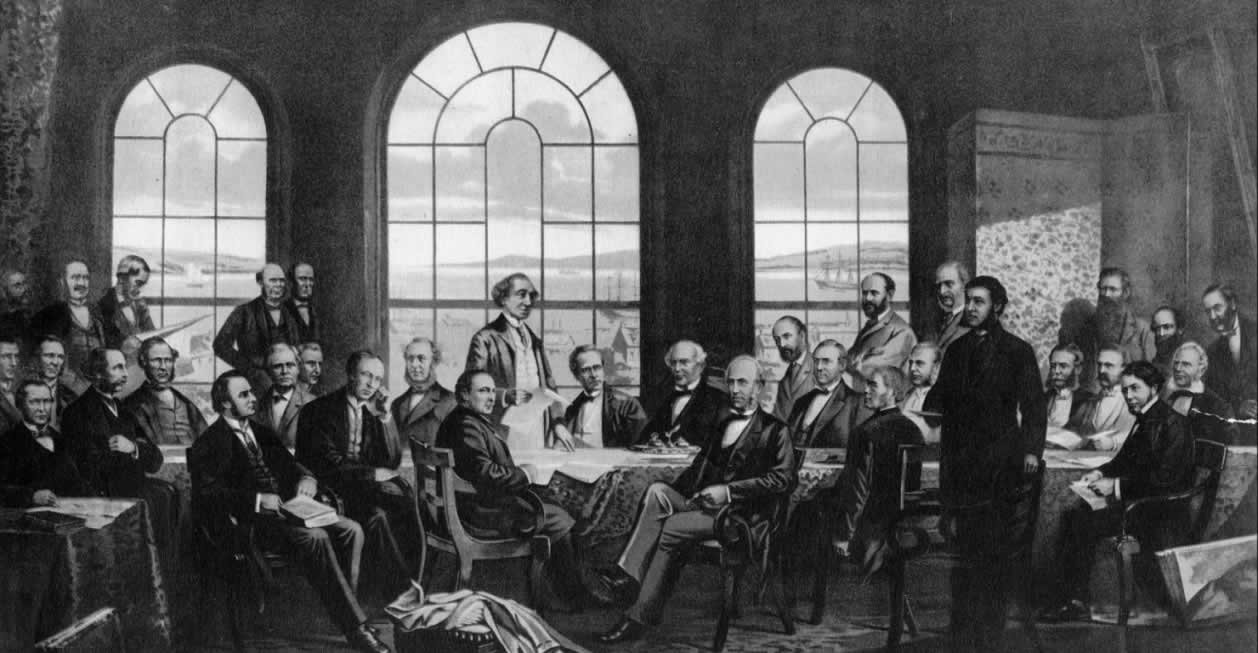
1. Who was the chairman of the Drafting Committee of the Indian Constitution?
a) Dr. B.R. Ambedkar
b) Jawaharlal Nehru
c) Rajendra Prasad
d) Sardar Vallabhbhai Patel
Answer: a) Dr. B.R. Ambedkar
2. The Constituent Assembly was formed based on the provisions of which plan?
a) Simon Commission
b) Cripps Mission
c) Cabinet Mission Plan
d) Mountbatten Plan
Answer: c) Cabinet Mission Plan
3. How many members were originally in the Constituent Assembly of India?
a) 299
b) 389
c) 296
d) 389
Answer: b) 389
4. Which of the following statements about the Constituent Assembly is correct?
a) It was a directly elected body.
b) It was indirectly elected by provincial assemblies.
c) It included only members from the Congress.
d) It was formed in 1946 after India became independent.
Answer: b) It was indirectly elected by provincial assemblies.
5. Who was the first temporary president of the Constituent Assembly?
a) Dr. Rajendra Prasad
b) B.R. Ambedkar
c) Dr. Sachchidananda Sinha
d) Jawaharlal Nehru
Answer: c) Dr. Sachchidananda Sinha
6. Which of the following ensured the participation of princely states in the Constituent Assembly?
a) Cripps Mission
b) Indian Independence Act of 1947
c) Cabinet Mission Plan
d) Poona Pact
Answer: c) Cabinet Mission Plan
7. When was the Constitution of India finally adopted by the Constituent Assembly?
a) 26th January 1950
b) 15th August 1947
c) 26th November 1949
d) 9th December 1946
Answer: c) 26th November 1949
